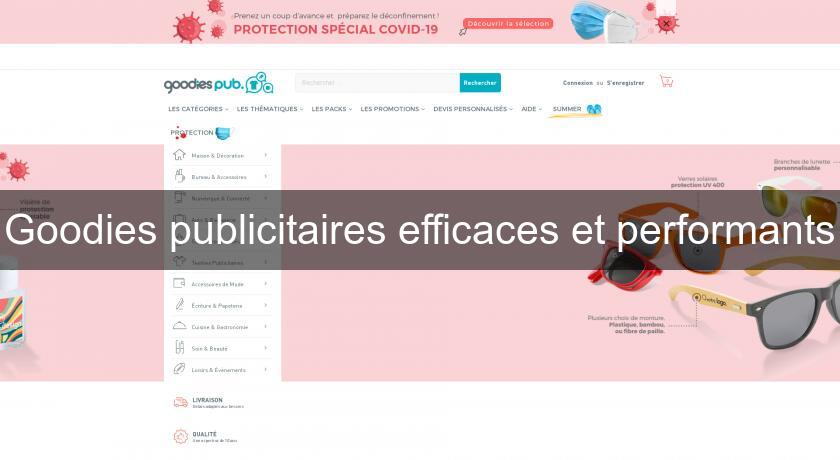
Joshua White Photography MADE BY HAND: Gina Adams’ referential “Treaty with the Yankton Sioux 1837” is made with cut-out calico letters on an antique quilt.


It explores the evolution of craft from Beatrice Wood’s hand-thrown “Tea Set” (1947) loaned by the Museum of Arts and Design in New York to David Williams’ effigy vessel “Wolf Bowl/Dish” (1964) loaned by the National Museum of the American Indian and Charissa Brock’s woven bamboo and waxed thread “Canticum of Fluctus” (2020). The exhibition’s focus is “on the idea that craft is about making things with skill, in a variety of media,” she said.
#Fluctus definition how to
In an interview this week, she said the exhibition is a “starting point” in how to think anew about craft in all its forms. In her essay in a fine catalog that accompanies the show, Padgett writes that some artists “might bristle at the very idea of attaching the word craft to their work” because of its connotation of fairs and the homely work of people like you and me. (Like Crystal Bridges’ founder Alice Walton, the largesse of Windgate was made possible by early business connections to Walmart, and its impact on arts education is felt statewide on college campuses and museums.) Thanks to the foundation’s recently announced gift to the museum of $17.5 million, visitors can look forward to an expanded collection of fine craft there and programming created by a dedicated craft curator. Padgett and guest curator Glenn Adamson of the Yale Center for British Art in New Haven, Conn., assembled 100 works from eight decades of American craft for the exhibition, sponsored by the Windgate Foundation.

“In a room of 10 people, you’re going to get 10 different explanations and 10 different examples.” “We’ve had a lot of good conversations about this,” the difficulty of how craft should be referenced, said Crystal Bridges curator Jen Padgett. Advertisement Joshua White Photography MADE TO BE WORN: Nick Cave’s busy “Sound Suit” of appliqued crochet, buttons and metal armature.


 0 kommentar(er)
0 kommentar(er)
